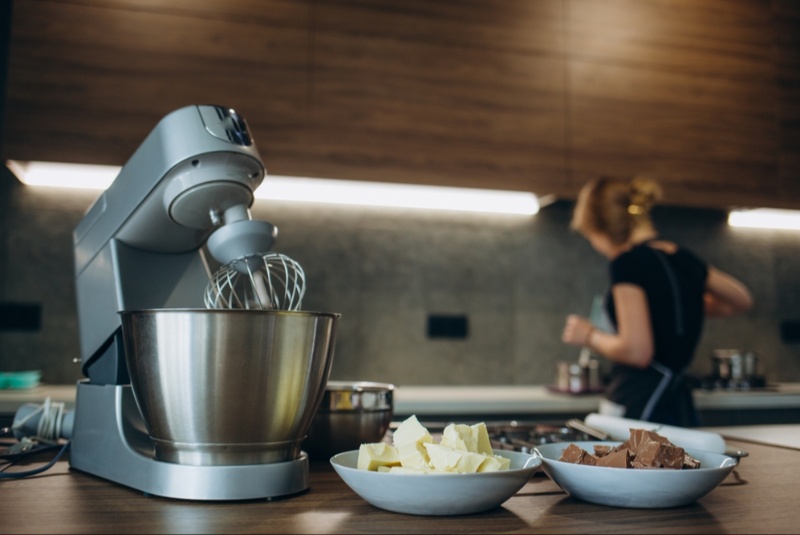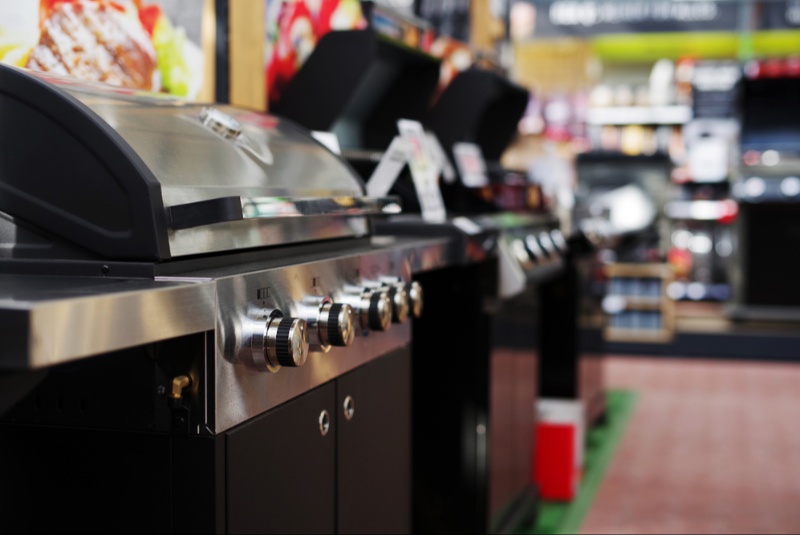Stand mixers, an essential tool for both avid home bakers and culinary enthusiasts, can transform the way you cook and bake. With numerous models available in the market, selecting the perfect one requires a thoughtful approach. This 1,300-word guide aims to provide comprehensive insights into buying a stand mixer, ensuring you make a smart, informed purchase that caters to your culinary needs.
Understanding Different Types of Stand Mixers
Stand mixers come in various designs and functionalities. The most common types are tilt-head mixers, where the head of the mixer tilts back for easy access to the bowl, and bowl-lift mixers, where the bowl is raised and lowered while the mixer head remains stationary. Tilt-head models are generally more compact and suitable for light to medium baking tasks, while bowl-lift models are more robust, catering to heavier doughs and larger quantities. Consider the type of baking you do most frequently to decide which design is more suitable for your kitchen.
Assessing Motor Power and Speed Settings
The motor power, indicated in watts, is a critical factor in determining the mixer's capability. Higher wattage means more power, which is necessary for kneading stiff doughs like bread or pizza dough. Speed settings are also essential, as different recipes require different mixing speeds. A mixer with a range of speed settings offers greater versatility, allowing for everything from slowly folding dry ingredients to quickly whipping cream or egg whites. Look for mixers with at least 5 to 10 speed settings for maximum flexibility.
Bowl Size and Capacity: Matching Your Cooking Needs
The size of the mixer’s bowl determines how much you can mix at one time. Bowl sizes typically range from 3 to 8 quarts. Smaller bowls are sufficient for regular home use, while larger bowls are better for batch baking or cooking for larger groups. Consider the number of people you usually cook for and the type of recipes you frequently make when choosing the bowl size.
Material and Durability: Investing in Quality
The construction material of the stand mixer affects both its durability and performance. Mixers with all-metal construction are typically more durable and stable, especially when mixing heavy doughs. Though they may be more expensive, their longevity often makes them a worthwhile investment. Alternatively, mixers with plastic bodies are lighter and more affordable but may not be as durable or stable.

Attachments and Accessories: Expanding Culinary Possibilities
One of the advantages of stand mixers is their versatility, which is largely determined by the available attachments and accessories. Basic attachments usually include a flat beater, a dough hook, and a wire whip. Additional attachments, like pasta rollers, meat grinders, and ice cream makers, can significantly expand your mixer’s capabilities. Consider which attachments are included and what additional attachments are available for the model you are considering.
Ease of Use and Cleaning
The user-friendliness of a stand mixer is an important consideration. Features like easy-to-use controls, clear speed labels, and convenient attachment changes can make a mixer more user-friendly. Additionally, consider how easy the mixer is to clean. Look for models with dishwasher-safe attachments and a design that minimizes crevices where food can get trapped.
Aesthetic and Design: Complementing Your Kitchen Decor
Stand mixers are often left out on countertops, so their appearance is worth considering. Mixers come in a variety of colors and finishes, from classic to contemporary styles, allowing you to choose one that complements your kitchen’s decor. While aesthetics should not be the primary deciding factor, a mixer that matches your personal style can be a pleasing addition to your kitchen.
Price Considerations and Brand Reputation
Stand mixers can vary significantly in price, and it’s important to balance cost with features and quality. Higher-priced models often offer more power, capacity, and attachments, but mid-range models can also provide excellent performance for typical home baking needs. Research the reputation of the brand for quality and customer service, as well-known brands often offer better warranties and customer support.
Warranty and After-Sales Service
A good warranty can be an indicator of the manufacturer's confidence in their product. Look for mixers with a comprehensive warranty covering the motor and other components. Additionally, consider the manufacturer’s after-sales service and the availability of spare parts. Good customer service can make a significant difference in your experience, especially if you encounter issues or need replacements.
Making a Wise Culinary Investment
Choosing the right stand mixer involves considering your baking and cooking needs, mixer power and capacity, material, attachments, and price. By evaluating these factors, you can select a stand mixer that not only meets your culinary requirements but also becomes a long-term investment in your kitchen. Remember, a well-chosen stand mixer is more than just a kitchen appliance; it’s a partner in your culinary adventures, helping you to create delicious recipes with ease and joy.




